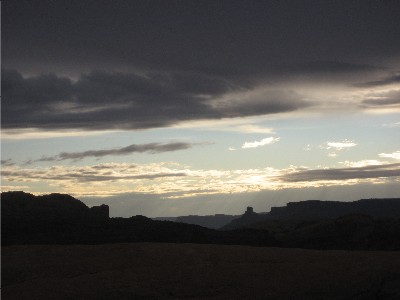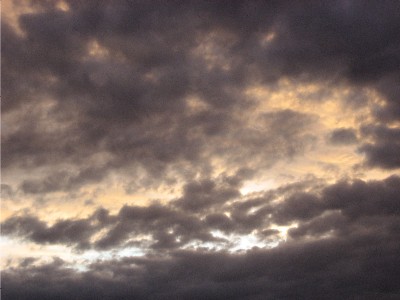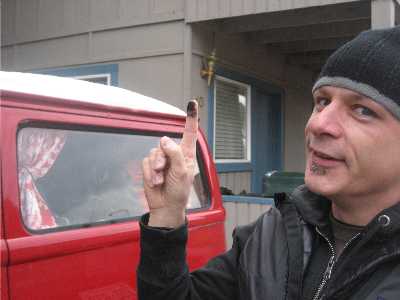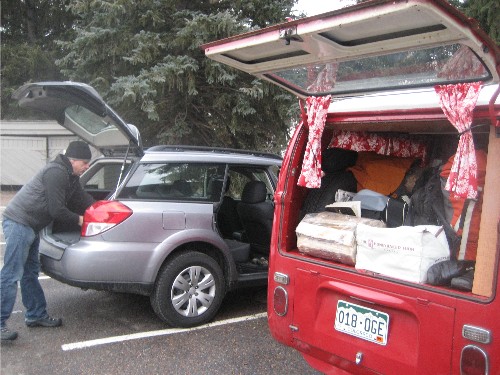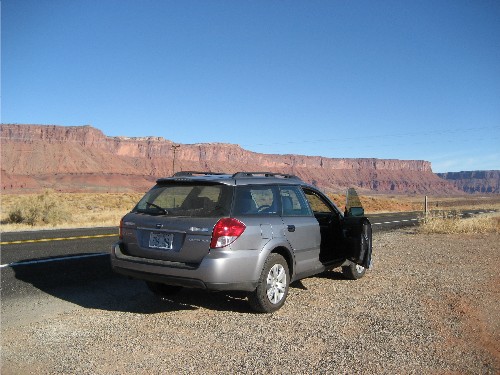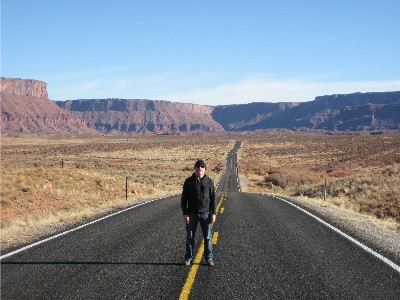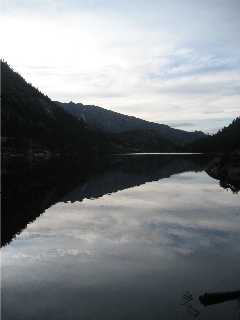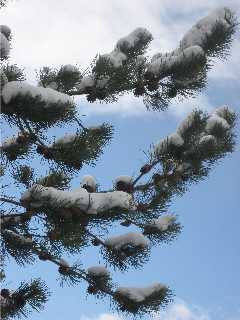“Maybe this is what grace is, the unseen sounds that make you look up. I think it’s why we are here, to see as many chips of blue sky as we can bear.” –Anne Lamott
 Title: Plan B: Further Thoughts on Faith // Author: Anne Lamott // Publisher: Riverhead Books // 2005 // 320 p.
Title: Plan B: Further Thoughts on Faith // Author: Anne Lamott // Publisher: Riverhead Books // 2005 // 320 p.
Author Anne Lamott describes herself as a “hard-core left-wing” type. She is a former addict. She is a single mom. She goes to church. And she doesn’t just sit in the back row. Instead, she jump-starts a Sunday school program for kids and gathers incredible insight into the meaning of concepts such as holiness, grace, forgiveness, and love. In Plan B: Further Thoughts on Faith, Lamott alternates between being an irreverent, aging woman to being a pious seeker of the Truth. She is laugh-out-loud funny in one sentence, and in the next, she’ll dive into something heart-piercingly sad. In this essay collection, Lamott runs her readers through an emotional gamut by telling stories from real life: child rearing, burying the dead, randomly winning a ham, and dealing with annoying family members, among others. Readers will identify with Lamott’s triumphs and struggles. Like most (okay—all) of us, she’s someone who strives to do better but often finds herself just missing the mark. Her honesty about failure is refreshing, and her get-up-and-go-go-go spirit will inspire even the most apathetic among us.
After reading a few bum novels, I’ve been reading nonfiction essay collections these past few weeks. I love the snappiness of essays, how they’ll take you in one direction and then whip you around in another. Granted, this book isn’t the most recent (I snatched it from a friend’s collection), but I found its themes to be timeless and its writing an essay-lover’s bliss.
A few gems:
“Learning to love back is the hardest part of being alive.”
“I don’t think that if I live to be eighty, I’m going to wish I’d spent more hours in the gym or kept my house a lot cleaner. I’m going to wish I had swum more unashamedly, made more mistakes, spaced out more, rested.”
“One secret of life is that the reason life works at all is that not everyone in your tribe is nuts on the same day.”
“I don’t think much surprises [Jesus]: this is how we make important changes—barely, poorly, slowly. And still, he raises his fist in triumph.”
“Laughter is carbonated holiness.”
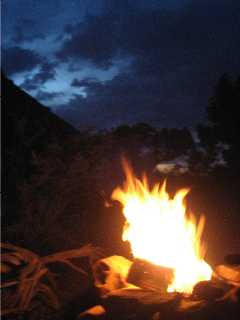 It’s snowing here now in Vail: evening, lavender skies, big flakes. There’s no landscape that could rival this one at this moment—except maybe the desert at night. Last week’s road trip catapulted me into a world so different from this one. Colorado’s tight canyons open up in Utah, and the landscape there starts to feel open, wild, and free. The spaciousness of it all gets magnified as the sun lowers in the sky. Photographs and words do little to express the feeling of it all. The desert is a sensual place. The cold nights offset by a blazing campfire that smells like juniper. Waking up to the sounds of howling coyotes. Red sand grit in fire-cooked meals, in your socks, and in your car when you return home.
It’s snowing here now in Vail: evening, lavender skies, big flakes. There’s no landscape that could rival this one at this moment—except maybe the desert at night. Last week’s road trip catapulted me into a world so different from this one. Colorado’s tight canyons open up in Utah, and the landscape there starts to feel open, wild, and free. The spaciousness of it all gets magnified as the sun lowers in the sky. Photographs and words do little to express the feeling of it all. The desert is a sensual place. The cold nights offset by a blazing campfire that smells like juniper. Waking up to the sounds of howling coyotes. Red sand grit in fire-cooked meals, in your socks, and in your car when you return home.
